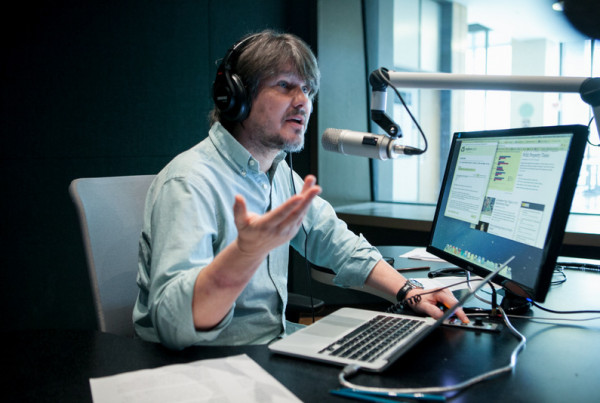Texas traffic, and all that goes along with it, has plagued drivers across the state for decades. The state legislature even changed the law 15 years ago to create regional mobility authorities to help alleviate some of the problems. These agencies were tasked with using bonds to build transportation projects in their respective areas and then pay the bonds off using money collected from tolls.
So, one would think that a decade and a half, and $1 billion in taxpayer money later, we’d be a lot better off, right? Well, not so much. Reporter James Drew took a closer look in a new investigation by the Dallas Morning News and is asking, ‘where are the roads?”
“In a limited government state I’m always looking for examples where new governments are created, what they were intended to accomplish, what has happened since that time, and is there a way to improve the program going forward,” Drew says.
The initial argument under Governor Rick Perry’s administration was that these regional mobility authorities would be a form of local control, under the idea that less government is better government. The toll revenue, instead of going to the state and being distributed around Texas, would go directly to these local communities for other projects.
But Drew says most of the local authorities have struggled to live up to their ambitions.
“There are some, and they are primarily in high traffic areas, that have been able to complete projects,” he says. “The defenders of the program point to Central Texas…. But there’s a general consensus that the others have struggled and have had problems in terms of identifying projects where they could sell bonds and that toll revenue would then pay those bonds. They’ve had to rely on funding from TxDOT and the federal stimulus program.”













